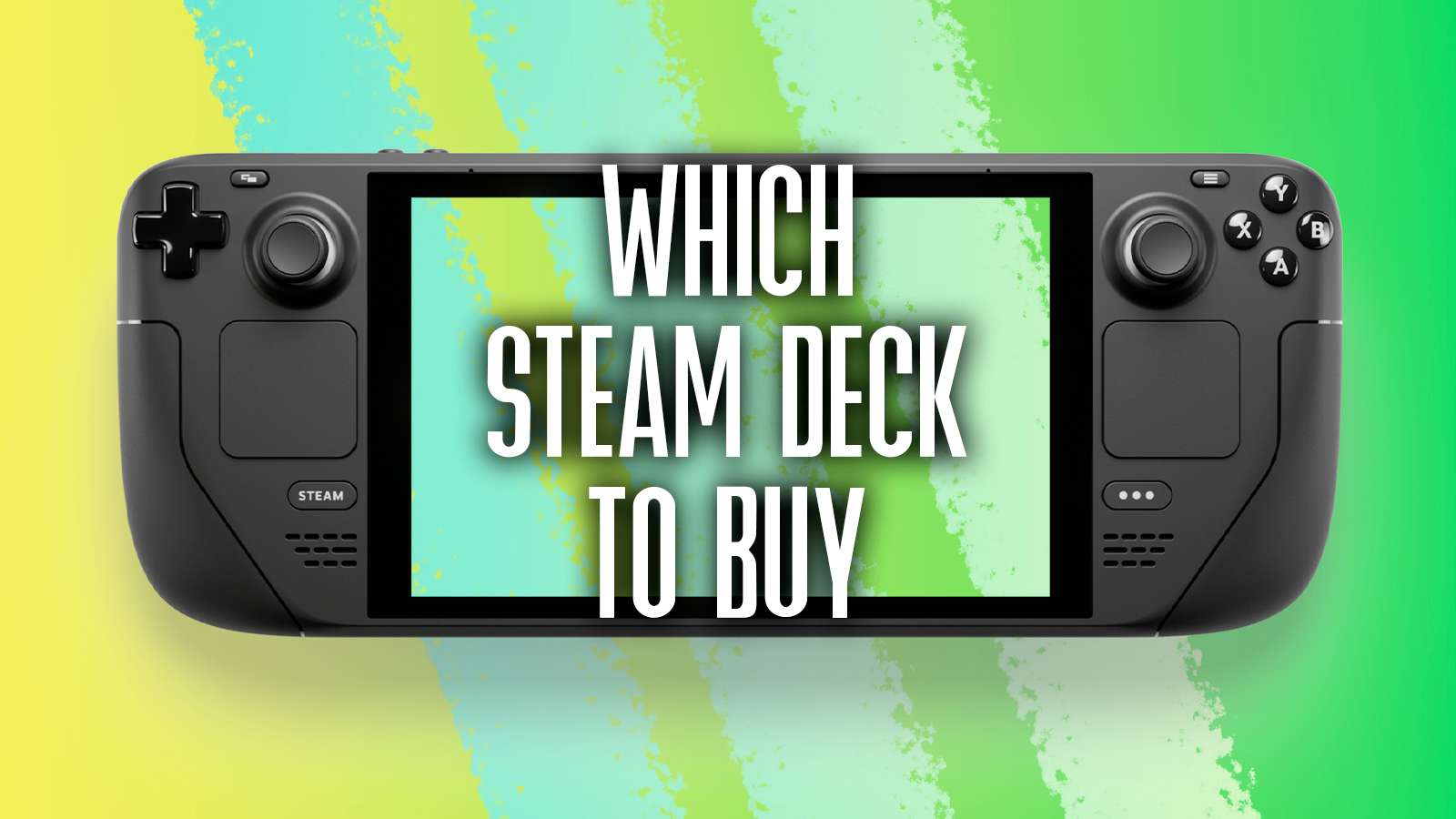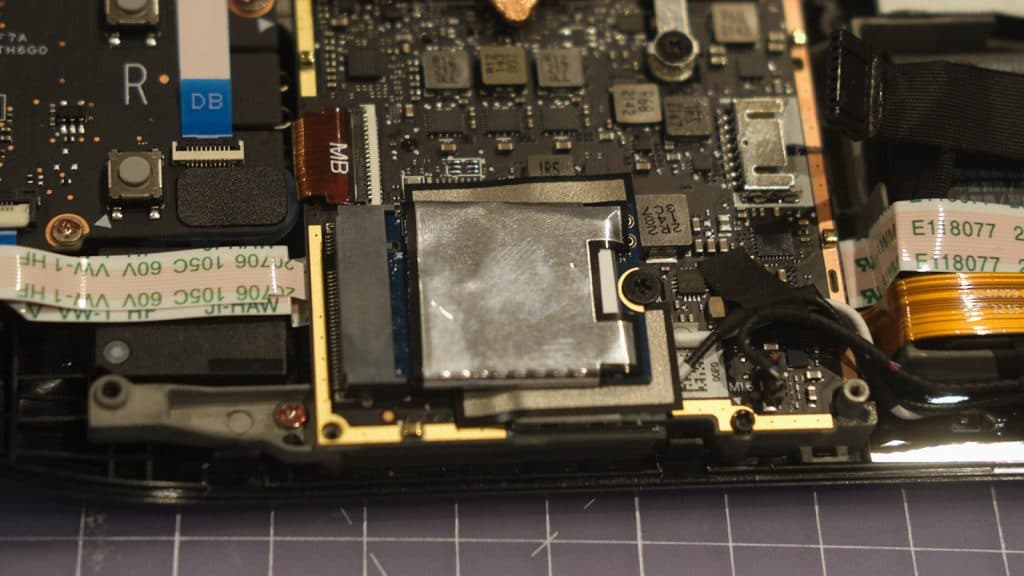Which Steam Deck should you buy in 2024?

Considering the Steam Deck for your next gaming escapade? With its plethora of storage options, which version of this handheld gaming juggernaut is the right fit for your mobile gaming desires? Let’s dive in.
The Steam Deck isn’t just another handheld console; not only is it powerful, it’s a tinkerer’s favorite gadget and offers great value for money. Along with the Nintendo Switch, it has a great time for portable gaming and has also introduced many of us to the joys of Linux.
So, if you plan to get yourselves a Steam Deck this year and are unsure which one to pick, here’s the breakdown.
The Steam Deck was originally available as three LCD models, but like the Nintendo Switch, it has since had its OLED upgrade. Currently, the Steam Deck is available in three main distinct storage options:
- 256GB NVME SSD
- 512GB NVME SSD
- 1TB NVME SSD
The 512GB and 1TB versions boast of 7.4-inch OLED displays, with the rest of the core specs across the two OLED models remaining consistent. The 256GB LCD model offers solid value for tech enthusiasts who love tinkering. If that’s your jam, we have a detailed guide to help you with storage upgrades.
The 64GB and 512GB LCD versions of the Steam Deck are still available on the Steam store. Both older versions of the handheld have been permanently discounted, while supplies last.
The 64GB and 512GB Steam Deck LCD models can be valid pickups for those who aren’t too fussed about the minor OLED upgrades. However, the 64GB model does differ by having an eMMC SSD, compared to all other models’ NVME SSD.
Not into the technical, hands-on approach? No problem, you can pop in a MicroSD for added capacity. However, if you desire ample storage straight from the get-go without a hefty investment, the 512GB OLED model hits the sweet spot.
What’s the difference between each Steam Deck?
Each Steam Deck used to have the same specs, apart from the screen and storage, until the inception of the Steam Deck OLED. Since the newly upgraded version of the handheld, the main models of the Steam Deck available are the 256GB, 512GB, and 1TB versions. You’ll find the major differences below:
- 256GB model comes with a 7-inch LCD display
- 512GB and 1TB feature 7.4-inch OLED displays
- 512GB and 1TB feature Wi-Fi 6E
- 512GB and 1TB feature 50Whr battery (3-12 hours of gameplay)
- 512GB and 1TB come with an exclusive profile bundle
- 1TB model comes with an exclusive carry case with a removable liner, an exclusive startup movie, and a virtual keyboard theme
What’s the difference between each Steam Deck display?
 Dexerto
Dexerto Before the Steam Deck OLED, the only difference in the display came with the 512GB and its exclusive anti-glare screen. Now, the differences are more pronounced since the focus has shifted from the LCD to the OLED models.
The still available 256GB version of the Steam Deck, boats of a 1280 x 800 optically bonded LCD display, which was the case for the original trio of handhelds.
Now, the 512GB and 1TB OLED versions come decked out with 7.4-inch HDR OLED displays. The newly-updated screens feature a higher refresh rate than the 60Hz of the LCD models, now reaching 90Hz.
Should you upgrade the Steam Deck?

Yes, you should absolutely look into upgrading the Steam Deck at some point.
All in all, since we did the process ourselves, it’s changed the game – so to speak. We’re not only carrying around thirty games, but our emulation collection now lives on the microSD card to make even more room.
Some games we’re able to have on the go with an additional 1TB drive installed include Final Fantasy XIV and the Dead Space Remake. We’ve even got enough room for both Resident Evil 4 Remake and the original Resident Evil 4.
eMMC vs NVMe
Embedded MultiMediaCard, or eMMC, is the drive that comes with the older Steam Deck’s 64GB LCD model. This kind of drive is often found in low-end netbook laptops or some phones. While the “embedded” bit usually indicates that it’s been fused with the motherboard, for the Steam Deck this isn’t the case.
eMMC is much slower than an NVMe drive, with the maximum speeds reaching around 330MB/s read speed and 200MB/s write speeds. When compared with NVMe drives, which even the smaller, 2230-sized drives can reach – depending on the generation – over 10 times that.
Which SSD should you buy for the Steam Deck?
We’ve already covered this in a bit more depth, but as it stands, the best choice is Sabrent’s SSD. You won’t hit the advertised speeds within the Steam Deck, but it’s the easiest one to pick up and install right now.
If you click on a product link on this page we may earn a small affiliate commission.